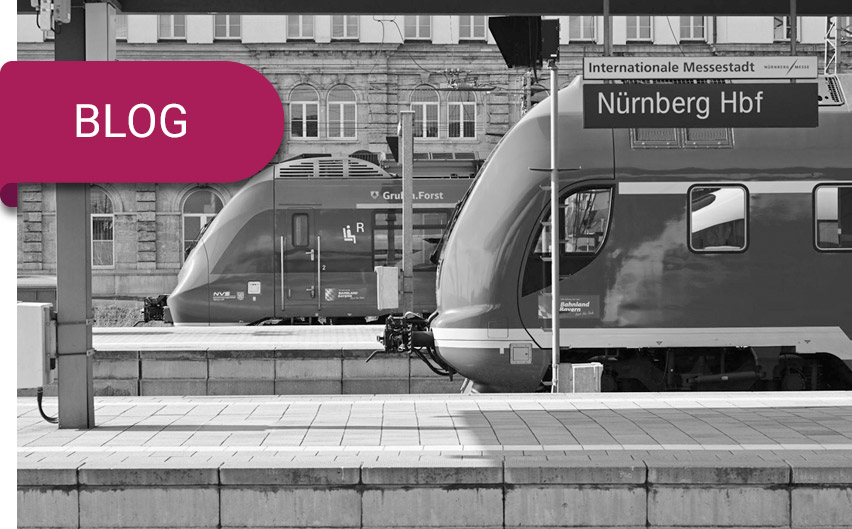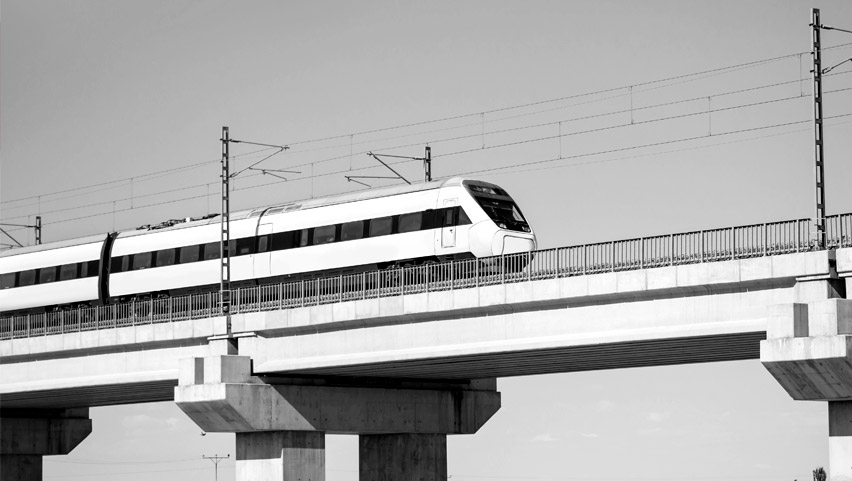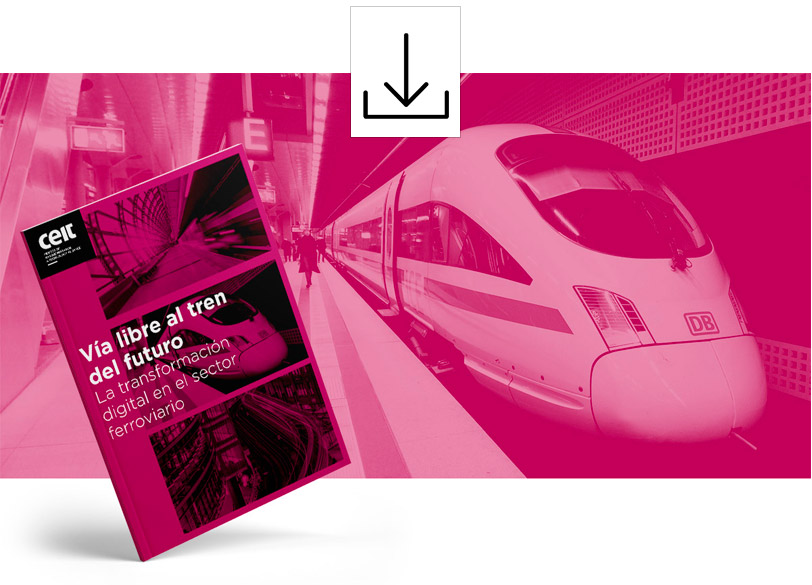News & Events
Blog post: Towards smarter maintenance of rail infrastructures

17 | 11 | 2022
Spain has a rail network of 16,000 kilometres in length, of which over 3,000 kilometres is high- speed rail - a figure that places it at the forefront in Europe and second worldwide after China. This fact, together with rail projects that are already underway, give an idea of the commitment on the part of institutions to this means of transport, which is extendable to Europe as a whole. Indeed, the European Parliament designated 2021 as the European Year of Rail owing to provisions in terms of safety and environmental sustainability offered by this means of transport and the integrating role it plays on the continent as a whole.
These circumstances not only demonstrate a widespread institutional championing of rail as a future means of transport, but also indirectly highlight the challenges facing rail infrastructure managers to ensure they are able to identify the means required to enable them to develop smart maintenance of these infrastructures and, in short, also ensure that rail becomes consolidated as a modern, efficient, reliable and profitable form of transport.
How to optimise maintenance of rail infrastructures
From the economic standpoint, the greatest source of income from rail derives from use of the service, whereas at the other extreme we find maintenance work, which constitutes one of the operational and functioning costs of greatest magnitude. This is because maintenance covers service work undertaken on the infrastructure and rolling stock, energy, safety and signalling facilities and communications. Nowadays, this service work not only entails a financial burden, but also an operative and logistics one. There are currently three types of maintenance work:
1. Corrective maintenance
Repairs are undertaken after a fault has been detected, i.e., this is non-planned. This type of maintenance results in greater repair costs, interruptions to the service and financial damage, and demands the full availability of maintenance staff.
2.Preventive maintenance
Action is taken before any fault occurs, generally in accordance with a pre-established maintenance plan. However, this does not prevent breakdowns from occurring before the period envisaged, and means that maintenance may have to be carried out irrespective of the state the systems are in.
3. Condition-based maintenance
Monitoring how a system operates enables the first signs of deterioration to be detected and corrected before a breakdown occurs, and even before the service becomes minimally affected.
This last case of condition-based maintenance is the one that enables the service to be optimised, its reliability and efficiency maximised, and its costs reduced. However, quality information needs to be obtained in real time about the state of assets to be able to put this into practice – a task that remains complex for several reasons:
- It involves decentralised information which is, therefore, difficult to obtain.
- There is limited data because the state of assets is measured every few months.
- Information is at times dependent on the subjective criteria used by the staff who compile it.
- There is no digital monitoring of data.
In view of this situation, the gradual incorporation of new technologies associated with digitalisation enables a change in paradigm in the maintenance of rail infrastructures to be anticipated that may result in a before and after in terms of ensuring efficiency.

New technologies to revolutionise rail maintenance
In this regard, the development of 5G will be a determining factor that will make it easier to obtain large flows of data and information in real time; it will enable many devices to simultaneously coexist without saturating the grid and, in short, will act as an enabling technology to ensure the setting in motion of new technological tools, among which attention should be drawn to:
Artificial Intelligence and Machine Learning
We now have technology at our disposal that is capable of autonomously learning to detect almost imperceptible faults in terms of a system’s operation, and even anticipating its remaining lifespan, so as to then undertake a repair or replacement at a given time. Advanced analytics used to convert data into information and the information into a decision
will enable an immediate response to be offered to anomalous situations, in order to optimise infrastructure maintenance.
Digital twins
Digital twins refer to one of the trends that has the greatest scope in the field of industry with a view to revolutionising maintenance in the rail sector. This type of technology enables a digital representation of a specific system to be made in order to reliably reproduce its behaviour and be able to analyse its evolution under different scenarios and operative conditions. This is the definitive tool required to equip predictive and prescriptive maintenance management.
Digital twins offer numerous advantages in the field of maintenance:
- They constitute a digital representation of the asset and, therefore, are able to reliably reproduce its behaviour via mathematical models.
- They offer a real overview of the entire rail operations, as:
- They anticipate the deterioration of an asset caused by operative conditions (past, present and future).
- They reproduce deterioration mechanisms.
- They enable large amounts of synthetic data to be generated in accordance with the system under controlled operational conditions, which can then be subsequently used in artificial intelligence algorithms.
- They help to study predictive scenarios and analyse the impact of prescriptive measures.
The setting in motion of this type of technology entails a series of tangible advantages, among which are:
- A reduction in costs associated with maintenance.
- An increase in availability of the infrastructure, thanks to maintenance task planning.
- An improvement in safety owing to early detection of potentially dangerous faults to humans and to the machinery itself.
- The constant provision of objective, quality information via the integration of digital systems geared to obtaining data from trains in service – an essential issue with a view to improving decision-making.
In conclusion, the efficiency, reliability and profitability of the rail sector depend to a large extent on the optimisation of its maintenance work and on the implementation of new smart systems in which digitalisation plays a fundamental role.
For more information, you can download our free ebook about railroads:
